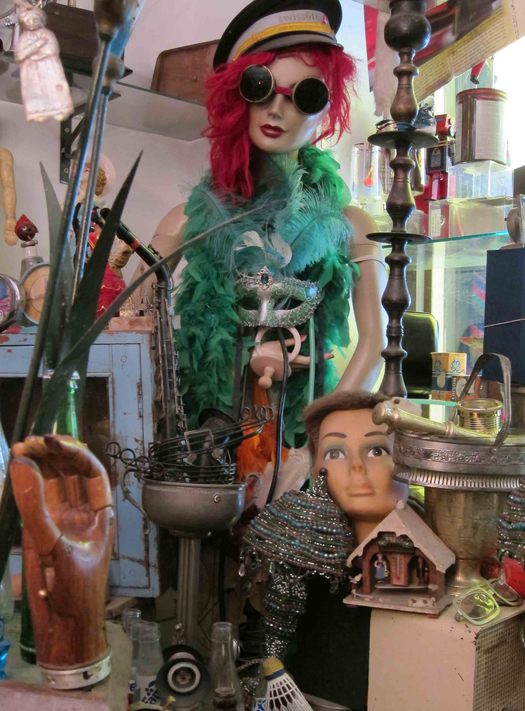
The Works: “Objects of Desire,” Çukurcuma, Istanbul, 2012
1. Objects of Desire
The pictures shown here were taken last week in a shop called The Works: “Objects of Desire” in the Çukurcuma district of Istanbul. I had heard about it before visiting the city and despite the obvious competing attractions — the Hagia Sophia, the Blue Mosque, the Grand Bazaar — it was high on my list of things to see. No matter how seasoned you may be as a browser of junk shops, thrift stores, quirky antique dealers and flea markets, take my word for it that The Works is one of the great rococo emporiums of bric-a-brac. I was in a condition of ecstatic, fuse-blown sensory overload within just a few seconds of walking through the door.
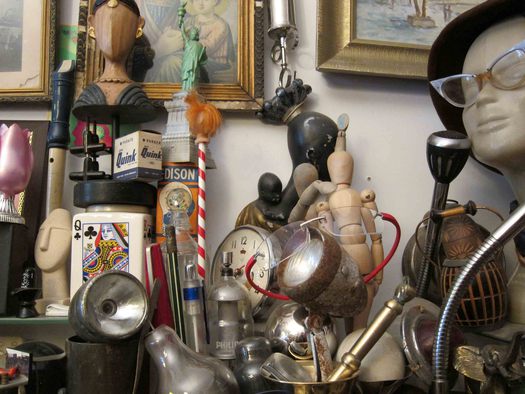
This is no mere shop. It’s clear at once that you’ve entered the cavern of a collector of gargantuan, if not uncontrollable, curatorial appetites who has fashioned a bombastically seductive retail environment that is also a private museum and lair. It’s a deep, narrow space organized as a sequence of themed chambers. There are packages, bottles, boxes, toys, lights, pictures, gadgets, gas masks and clocks, printed ephemera by the truckload, crazily overstocked side rooms devoted to bathroom and kitchen wares, and somewhere far away at the back, beyond the vintage porn pictures and the life-sized anatomical model with removable organs, is a retro clothing room and possibly even other wondrous departments that I never reached. The objects piled on stands and shelves, ascending from the floor, and hanging in festoons of clutter from the ceiling, press in on you at every turn. I had to hunch and duck and rein in my limbs to avoid colliding with the prodigious, unfolding display of exhibits. You desperately don’t want to knock anything over — great avalanches of interconnected stuff might come tumbling down. Little handwritten signs order you not to touch the merchandise, but even with the greatest care there are near misses and hair-raising moments of bodily contact when disaster looms.
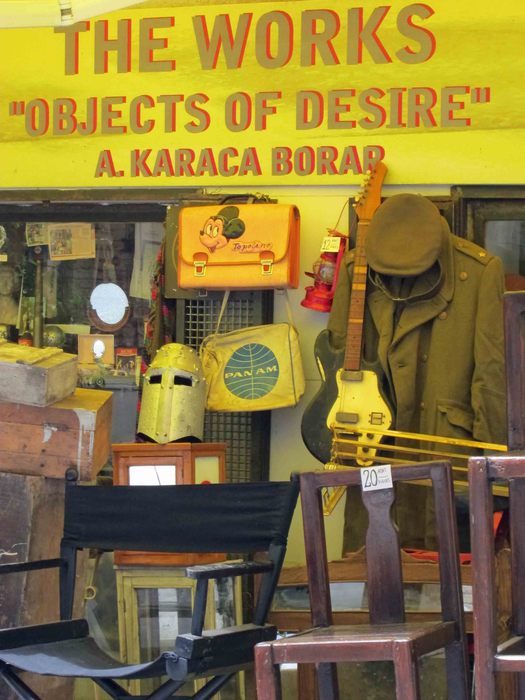
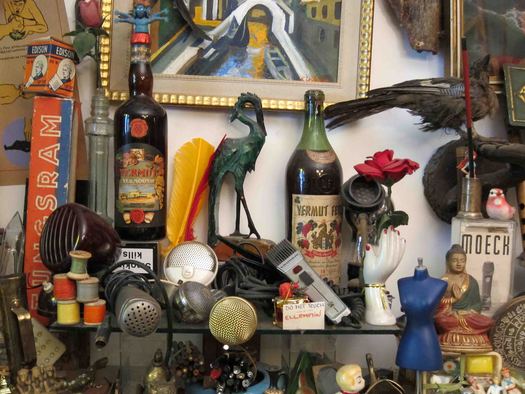
Later, I wanted to look closer at two or three things and asked the proprietor to extract them for me. Watching him restore them to their original positions after inspection only confirmed that until an object is sold, or he makes a considered adjustment, everything has an allotted place, just as if an artist constructing a walk-in assemblage had determined the exact relationship of each part. The owner’s name is A. Karaca Borar and he said he had always been a collector — that came as no surprise. According to his website, Borar had his first flea market stand in 1980 on Columbus Avenue and 83rd Street in New York. Much of the material has its origins overseas, though he doesn’t import and said he finds 90 to 95 percent of it in Turkey. Son of a playwright, Borar studied in London and told me he dislikes the Turkish custom of bargaining over prices. On one of the two small items I wanted to buy he refused to budge by a single lira, saying the package was a rare piece of design history and he would rather keep it than sell it for less than the asking price. He tolerated my lengthy picture-taking, observing wryly, after a while, that I could do a book about him.
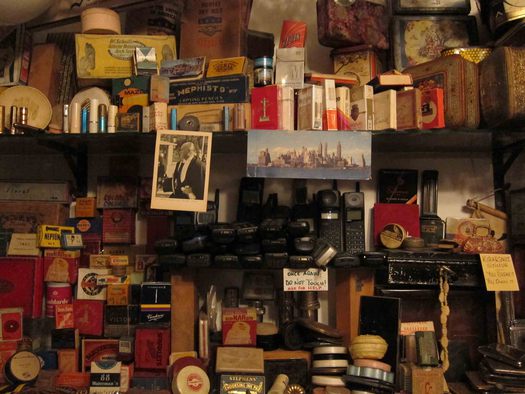
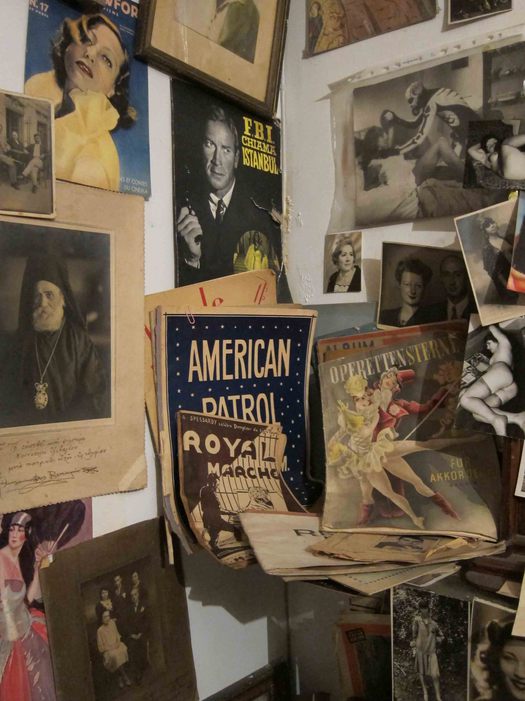
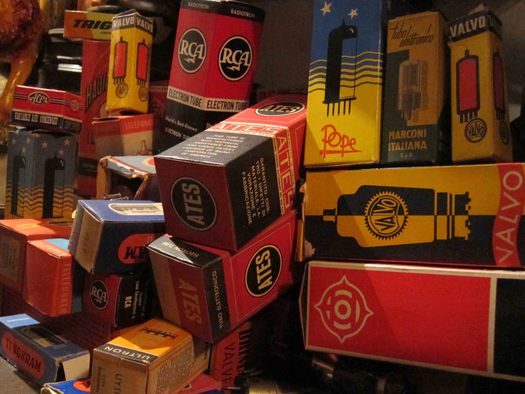
2. The Innocence of Objects
Earlier that morning, while giving a talk about Surrealism and the graphic image as part of the Grafist design week, I had discussed the cabinet of curiosities — The Works is an extreme contemporary version. After my lecture, as I was about to set out in search of The Works, a French student approached me to mention a nearby museum called The Museum of Innocence, founded by the Turkish novelist and Nobel Prize winner Orhan Pamuk. It sounded marvelous and I would have gone there at once if I had known the address. Next day, in Istanbul’s Book Bazaar, I chanced upon the illustrated catalogue Pamuk has produced for his museum. (At present, it’s only available in Turkish; an English translation, The Innocence of Objects, will follow in October.)
Pamuk’s museum, which opened on April 28, is an extraordinary venture. I might have made it the subject of an entire post if I had been able to take photographs inside. In Pamuk’s novel The Museum of Innocence (2008), the lovelorn narrator, Kemal, constructs a museum of objects and images connected to the woman he obsessively adores, Füsun, an idea inspired by his restless worldwide travels to hundreds of museums strange and obscure. In a chapter titled “The Museum of Innocence,” for instance, in the space of a page, Kemal extols Sir John Soane’s Museum in London, the Museu Frederic Marès in Barcelona (celebrated in a previous post), and the Museum of Jurassic Technology in Culver City, California — all firm favorites of this blog and institutions where the historical and poetical spirit of the cabinet of curiosities still thrives.
The Museum of Innocence occupies a tall, specially converted, burgundy-painted house in Çukurcuma not far from The Works. A cabinet or display assembled in accordance with Pamuk’s instructions by a team of collaborators represents each of the book’s 83 chapters — the chapter title becomes the exhibit title. The illuminated, glass-fronted wooden cabinets, tightly packed together and divided across two floors, often recall the surreal boxed assemblages of Joseph Cornell, the form’s great master. In a chapter titled “The Consolation of Objects,” Kemal describes how it would ease the pain of Füsun’s absence to put into his mouth and taste “an object of our common memories that bore her essence.” All of the objects mentioned in the passage that follows this quotation can be seen in the cabinet: a nut and currant crescent roll, a hand mirror used as an imaginary microphone, a toy Ankara Express train, a space gun, a nutcracker, a cigarette butt that Füsun had stubbed out. Other cabinets are greatly more elaborate, with dozens and even hundreds of objects, including photographs, identity cards, newspaper cuttings, film sequences, and in one of the larger displays, a floral print dress worn by Füsun. Many of these objects were sourced from junk and antique shops in the Çukurcuma neighborhood — one of the photographs of these establishments in the catalogue looks like it was taken at The Works.
It isn’t necessary to have read the novel to enjoy the Museum of Innocence, though I saw one couple going round carefully cross-checking each cabinet against a Kindle. Pamuk’s protracted and hugely expensive labor of love, which he always planned to accompany the book, should become a prime exhibit and talking point for students in illustration classes. Has any work of fiction ever received a more ambitious, intricate and exhaustive visual interpretation? (Pamuk originally intended to become an architect and artist.) The project is also a fabulously extended example of Rob Walker and Joshua Glenn’s “Significant Object” genre of writing — in this case, a vast system of objects constitutes a fully realized fictional world, where every item, wherever it happened to come from, acquires a new backstory. At the same time, the Museum of Innocence is a form of history in objects, a scintillating insight into the social life of Istanbul in the second half of the 20th century released by the collision of so many artifacts that enshrine these memories.The Works socks it to us raw. Pamuk’s museum delivers a crafted, though still open, visual narrative.
Photographs: Rick Poynor
See also:
The Museum of Communicating Objects


Comments [2]
05.17.12
01:55
http://criticalspeak.wordpress.com/2012/01/20/you-are-what-you-keep/
05.25.12
03:54